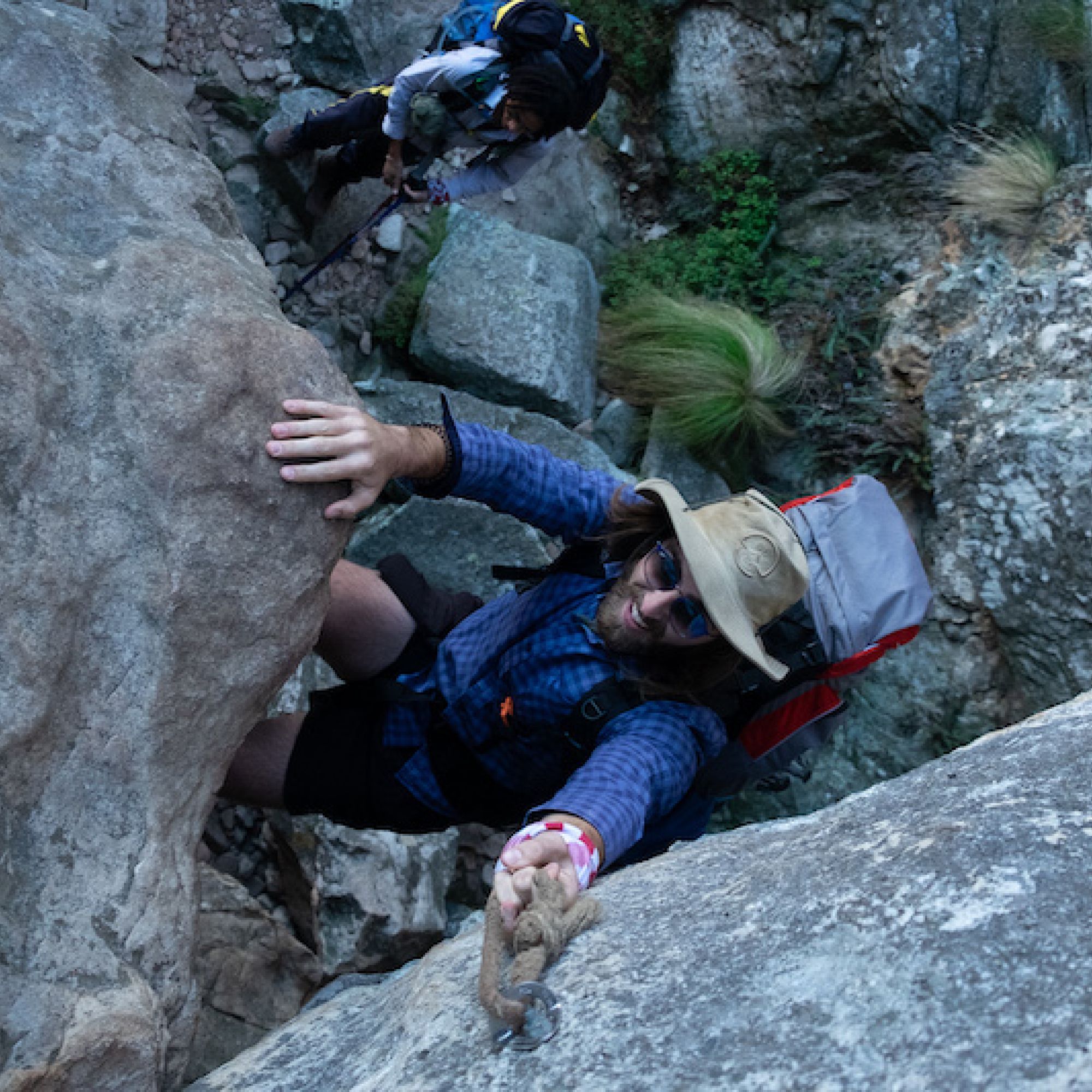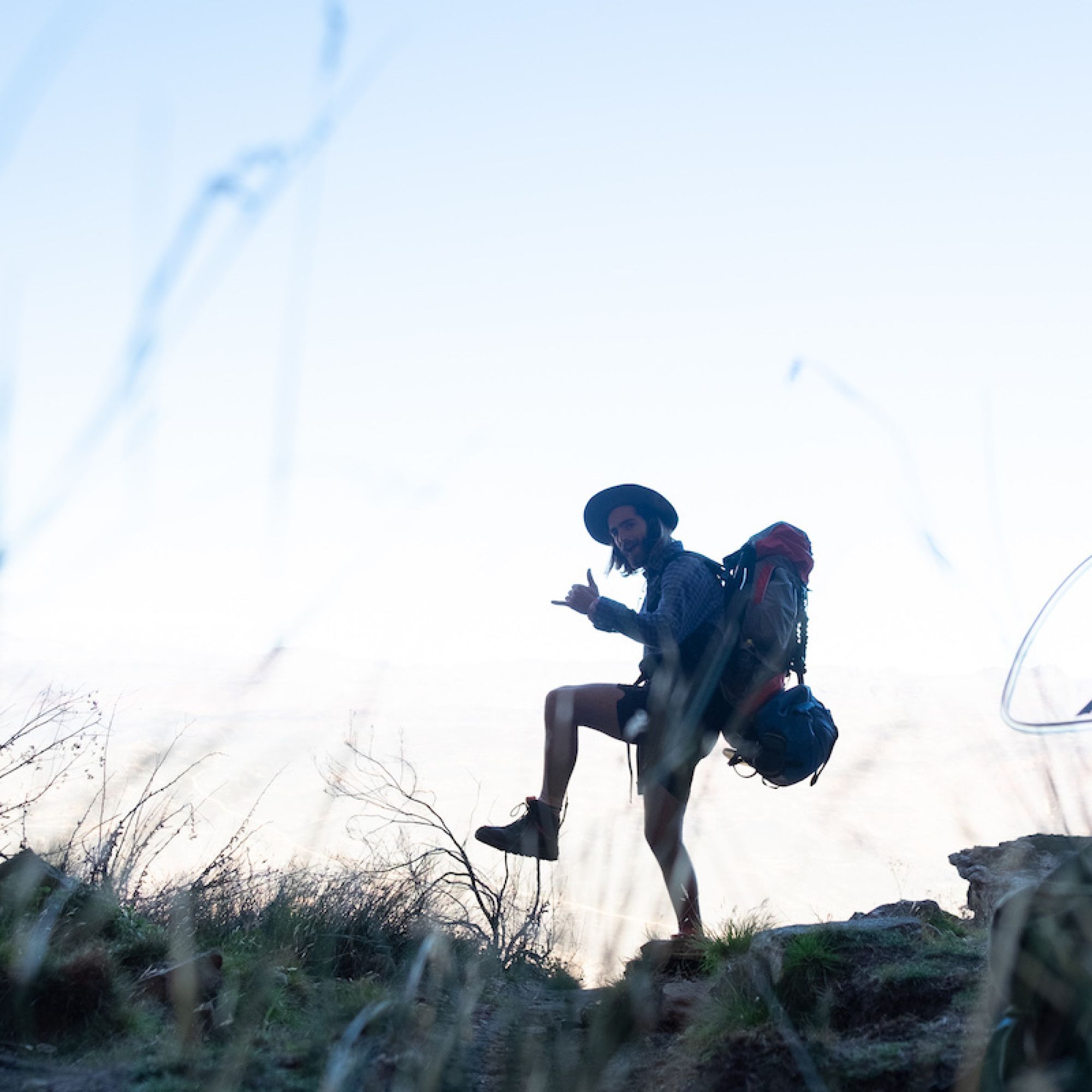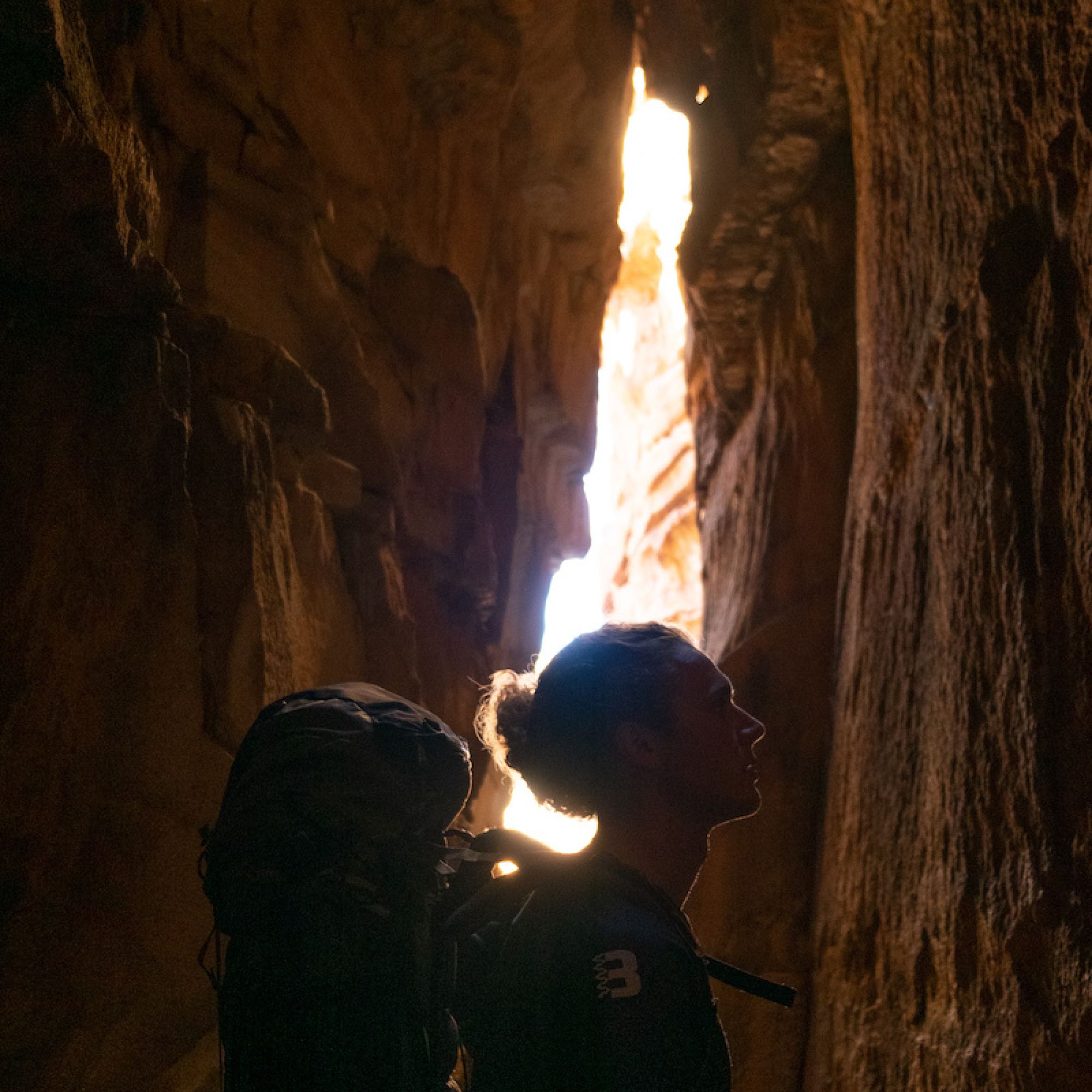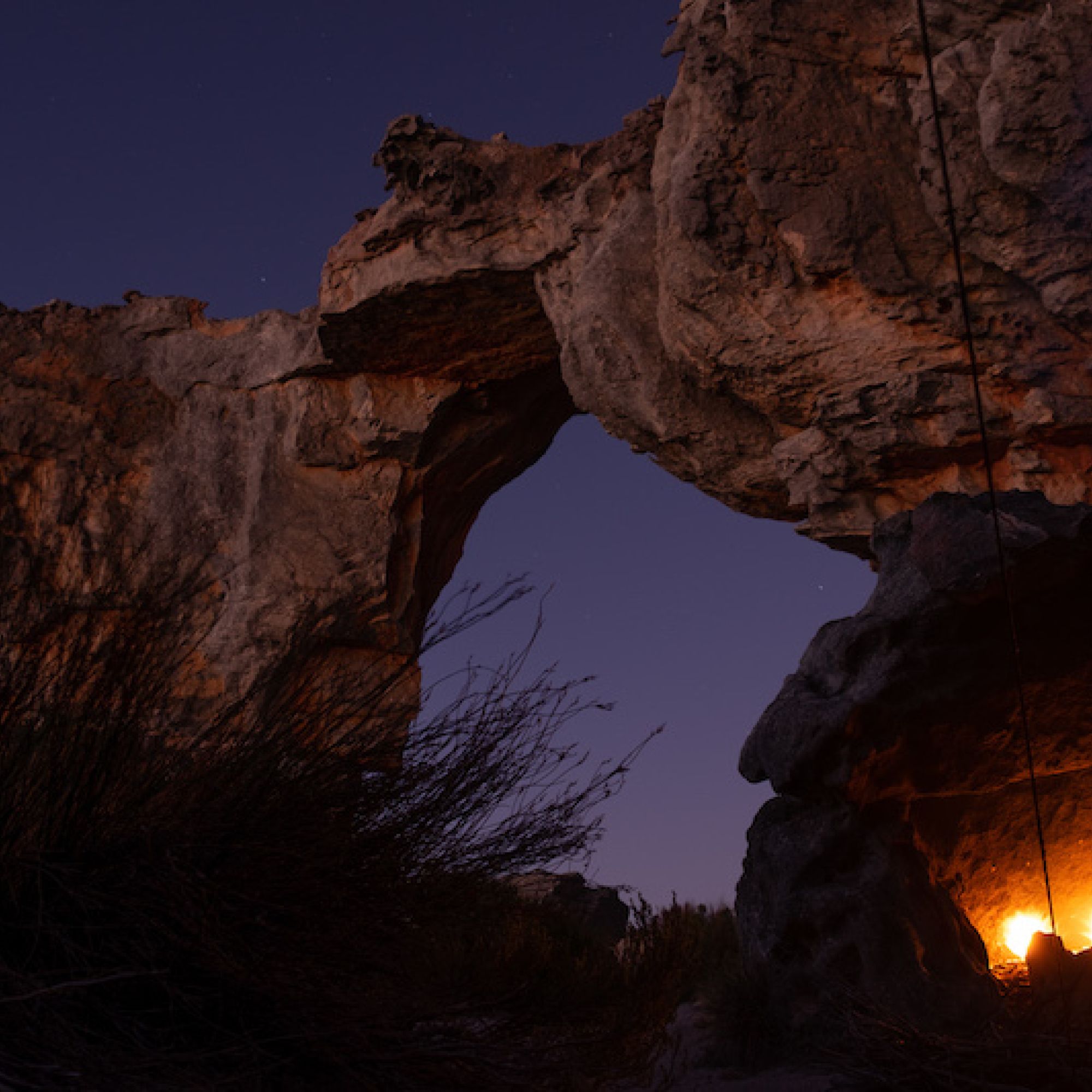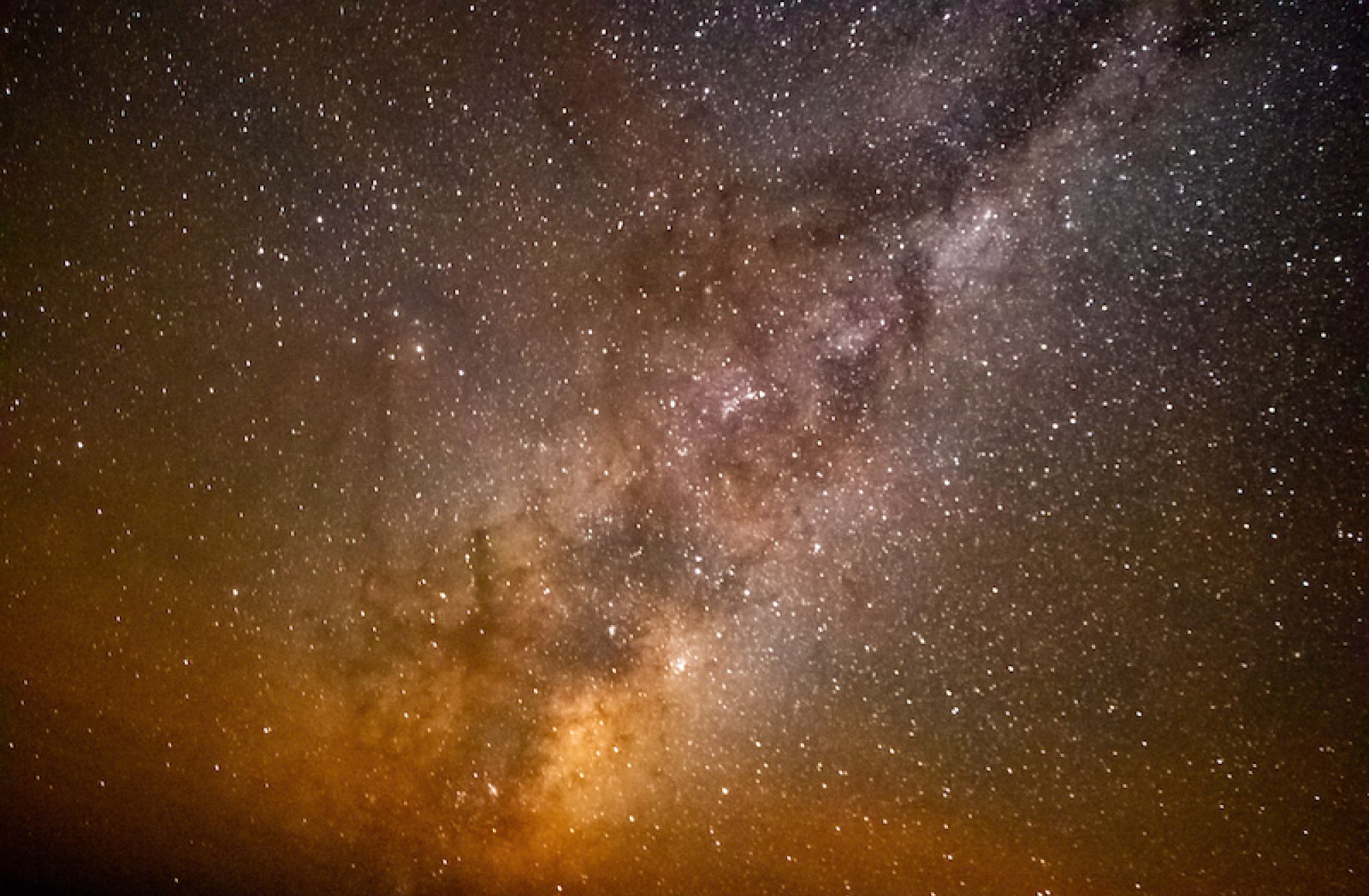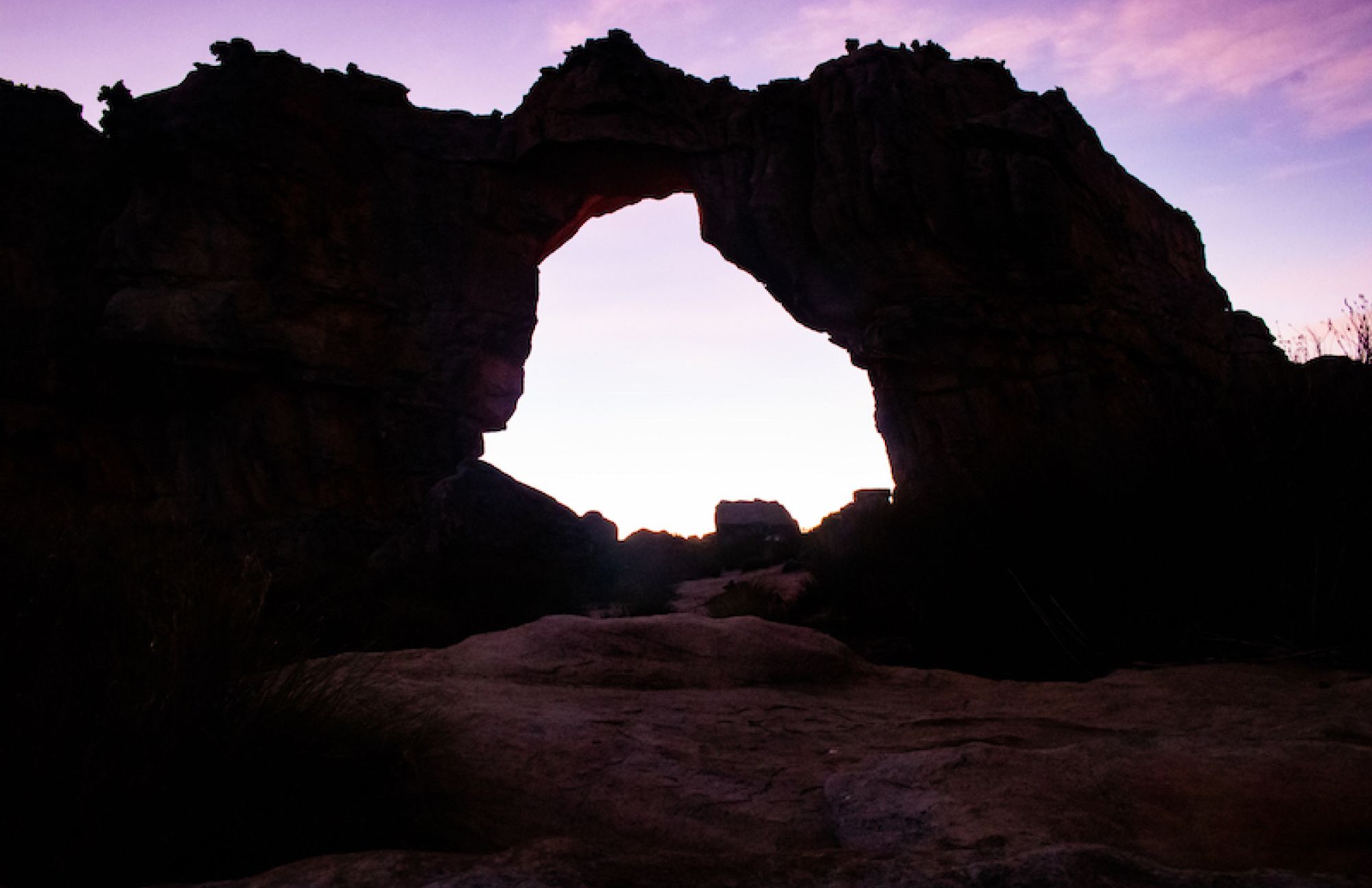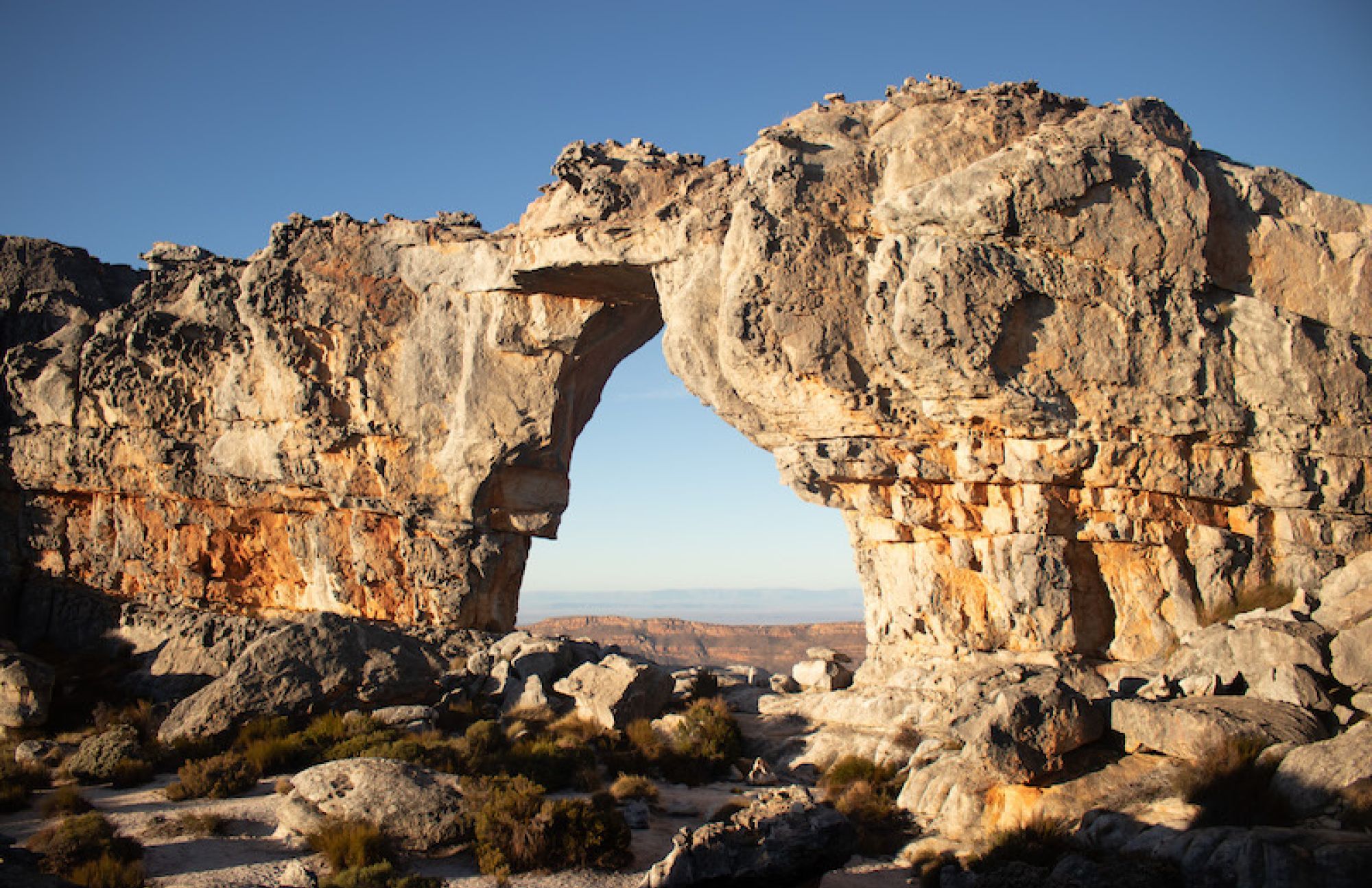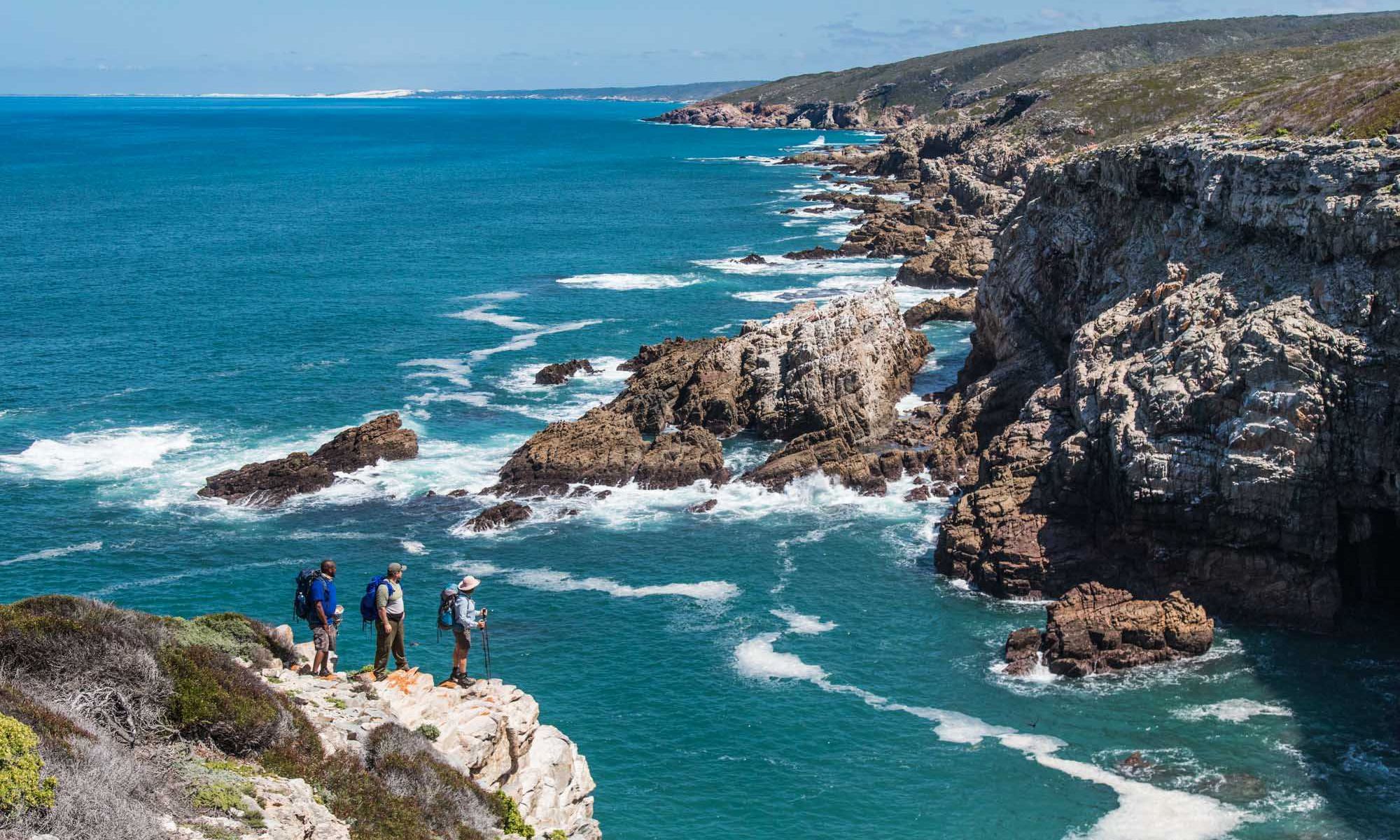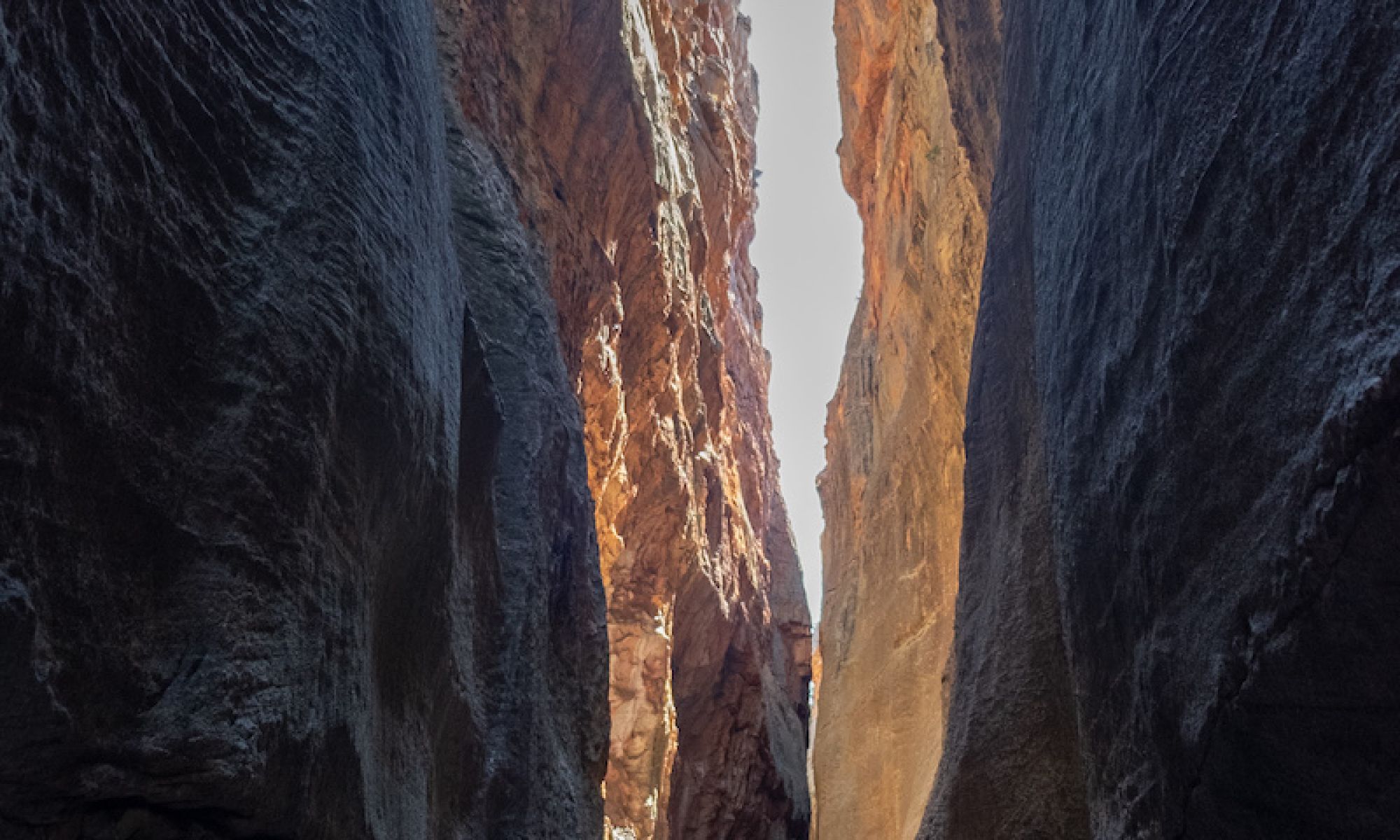
An Adventure at the Wolfberg Cracks
An Adventure at the Wolfberg Cracks
The Wolfberg Cracks, or how my friends and I call it - The March To The Arch. The group consisted of five people and it was all uphill from there on out. We decided to keep the group reasonably small for fewer problems as well as a good group of energy to keep us going on our journey.
A little bit of important information, to Book the hike, it would cost us R200 each for the conservation fees. However, there is another R100 that is charged when you get to the Cederberg to check into the hike. So in total, the booking will come around to R300 per person. Which was a small fee for the quality hike that we were about to receive.
Firstly
I know this since I've done my fair share of overnight hikes. Any hike will never be completely prepared for you. There will always be someone in the group who forgets something or something you thought you should bring but didn't since you were trying to lose weight. As a result, I always ask what you can't live without for two days. Not much, to be honest…
However, there are a few things that I believe are necessary for the Wolfberg Cracks, both for practical reasons and for enjoyment.
This is what we took with us on our 2-day hike on 8-9 May 2021
What we packed
- 60 Litre Hiking Backpack
- 1 x 2-man tent
- Plasters
- First Aid Kit
- LOTS OF WATER - a minimum of 4 Litres
- Headlamp or torch
- Food (Fruit, Nuts, Sandwich, Biltong, two-minute noodle, etc)
- Camera
- Change of WARM clothes
- Sleeping bag
- Knife
- Rope (very Important)
- Gas + Kettle and a Pot
- A little Flask of Whisky
- Small blow-up mattress
How We Got to the Hike
One thing is certain: we had a pleasant ride because we were all in one vehicle, which was only feasible because we had hired a car a Volkswagen Kombi 4 motion.
This automobile was spectacular. It fit all five of us comfortably, with our five hiking backpacks and plenty of open room.
We chose to drive because dividing petrol would be easier and more cost-effective. The ride was incredibly pleasant, and it was the perfect option for the Cederberg Road, which is mostly uneven gravel. However, if you're driving on that gravel road, it's a good idea to deflate your tires a little. We didn't have a tire gauge because there were five of us. Since there were 5 of us and we did not have a tire gauge, we each took a tire and set a timer for 30 seconds.
We left Cape Town at 6:00 a.m. stopped for one hour, and then continued to Sandrift in the Cederberg. The trip into Sandrif is spectacular, as you are surrounded by the magnificent Cederberg mountain range and travelling high up on well-kept gravel roads. We checked in at the Sandrift Reception, where we paid our R100 hike fee, and then set off for the Cracks. You have to pass through a gate, and will then find yourself at the foot of the hike in the Wolfberg Parking lot.
The Hike
Around 9.00 a.m. we began ascending. Due to our packs being so heavy and there was such a steep ascent ahead of us, we opted to take it easy on the first leg of the mountain, taking two rests before we reached the Wolfberg Cracks.
On the trail, we encountered a few individuals, mostly families, but no other overnight hikers. Just before getting up into the cracks, we took a break and ate a quick snack.
This was when the fun began. We had a couple of ropes to climb up and some technical parts to get through with our heavy bags but this was made possible with the well-groomed hiking trail.
We were filled with excitement as everything started to get darker and darker to a little tunnel that we had to get through which made it extremely challenging with our big packs.
It was around 12 mid-day when we got into the deep cracks. The cracks were so well covered that it got completely dark and a torch was needed.
We had one more tight squeeze that was so tight we had to remove our packs which squished the bananas in my bag.
The payoff was great after we got out. We could only see towering mountainsides from left to right, where the light was just peeping through but bouncing off the rocks, providing us with enough light.
It was eerily quiet, and we were all taken aback by this stunning natural rock structure. We took our time looking through the cracks and then continued on after stopping for a bite to eat and taking in the breathtaking sights. As we climbed, the crack narrowed, leading to a spot where we had to remove our backpacks and rely on the rope to aid us to climb a steep slope. This is where teamwork came in handy.
After lifting out heavy packs through the cracks we eventually got out.
We took a much-needed break before beginning the March to the Arch. With our heavy bags, we soon saw the Arch, which appeared to be rather far away. We were still the only ones walking in the direction of the arch, as far as we knew.
The trail to the arch was beautiful and we had stunning weather, having no wind and the temperature was very pleasant.
We arrived at the arch after about two hours of walking and were startled to see two other parties there ahead of us. Two women were in one group, followed by a mixed group of roughly eight persons.
Everyone was warm and welcoming, and they were just as happy to see us as we were to be there. We took a look through the arch, which looked out over the entire hike we had just finished; it felt amazing.
The temperature quickly decreased after setting up camp. While watching the sunset, we drank coffee and tea. We were all blown away by the clear night sky, seeing millions and millions of stars.
After a good day of hiking, bed was calling. We did not have the best night’s rest as it was quite uncomfortable and cold. On top of that everyone in my group was loud snorers!
We all got up before daybreak, set up our cameras, brewed some tea, and sat back to watch the sunrise through the arch. It was a once-in-a-lifetime opportunity. We packed up and started heading back down as soon as the best morning light had passed.
The trip back was easier after removing so much water weight from our packs, and we were inspired by being in nature. To go down the crevices, we used a different way from when we entered.
The crack on the way down was distinct from the one on the way up in that it had its own ecology, complete with vegetation and trees battling for their little light.
The cracks also opened up nicely towards the end and we could see a huge part of the Cederberg,
We took our time heading down and decided that our little adventure wouldn’t end when we got to the car - we would do another small hike to wash ourselves off at the Malgat river and waterfall. Do note that a separate permit is needed to go to the Malgat river. After loading the car we drove to the Sandrift Campsite and headed off to Malgat where we jumped off a cliff into the cold but refreshing water. Desperate for a little road snack, we stopped at the Total Petroport Piketberg for a great Houwhoek Pie.
In my opinion, the climb is an unexpectedly beautiful experience that whisks you away from civilization and into a realm you wouldn't expect to find in South Africa. It's a rather straightforward hike with a few technical sections where you should be able to support your own weight. The more weight you carry, however, the more difficult it will be, especially on the first day. It was a beautiful way to travel through the Cederberg and I would definitely do it again.
Photos By Joshua Le Roux and Matthew Schultz
Writers Bio
I am Joshua Le Roux, Junior Digital Marketer specializing in SEO at the Discover Africa Group as well as a male model with D&A Models. I am expanding my career by being an amateur photographer.
